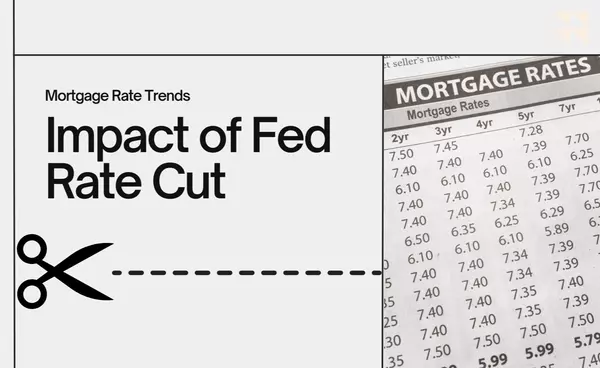
Fed's Rate Cut: Impact on Mortgage Trends
On September 18th, the Federal Reserve implemented a rate cut that has sent ripples through the mortgage industry, bringing the average 30-year fixed-rate to a compelling 6.09%—the lowest since February 2023. This development presents a unique scenario for both potential homebuyers and current home
Categories
Recent Posts

Seller Concessions: Getting Your House Sold

Why Winter Might Be the Best Time to Sell Your Home

Homeowner Q&A with Robert Clements

Fed's Rate Cut: Impact on Mortgage Trends
![Real Estate Is Still the Best Long-Term Investment [INFOGRAPHIC]](https://img.chime.me/image/fs/chimeblog/20240615/16/original_aeb3caa0-7474-49ee-87dd-6b12bd44cc43.png)
Real Estate Is Still the Best Long-Term Investment [INFOGRAPHIC]

Homebuilders Aren’t Overbuilding, They’re Catching Up

Home Prices Aren’t Declining, But Headlines Might Make You Think They Are

Savings Strategies Every First-Time Homebuyer Needs To Know

Selling Smart: Why a Real Estate Agent Makes All the Difference
![The Wealth-Building Power of Homeownership [INFOGRAPHIC]](https://img.chime.me/image/fs/chimeblog/20240608/16/original_62d770fc-df23-44fb-9f17-af8d8df344f5.png)
The Wealth-Building Power of Homeownership [INFOGRAPHIC]

